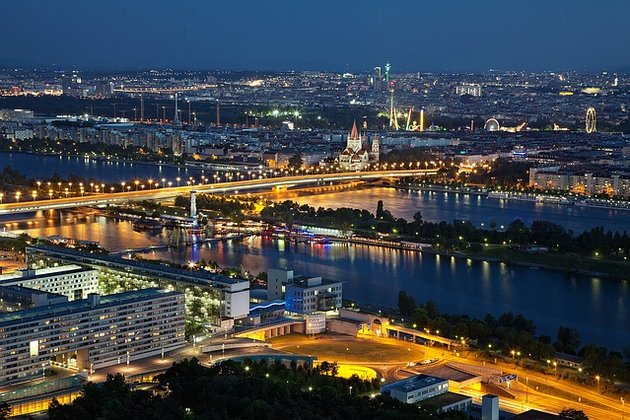2LT National News
Vienna topples Melbourne as world’s most liveable city
Aug 16, 2018
VIENNA, Austria – Breaking Melbourne’s seven year record, the Austrian capital, Vienna was crowned the world’s most liveable city, in Economist Intelligence Unit’s annual Global Liveability Index.
In the ranking based on 30 factors including access to health care, education, infrastructure, culture, the environment and political and social stability, Vienna scored a near perfect score of 99.1 out of 100.
Home to 1.76 million people, the Austrian capital boasts a rich artistic and architectural legacy and has been a long-running contender to the title.
Vienna, known for its many landmark buildings including the Schoenbrunn Palace and the colorful social housing project designed by famous artist Friedensreich Hundertwasser – is not just famous with tourists but has much to offer to residents too.
Further, the birthplace of the Art Nouveau movement, spearheaded by artists such as Gustav Klimt, the city is also famous for fostering thinkers and creators such as Sigmund Freud and painter Egon Schiele.
However, apart from the reasons that draw tourists to the Austrian capital – residents have appreciated Vienna for its extensive public transportation, which was noted as being less expensive than in any other European capital, including Berlin or London.
Researchers said in their report, “While in the past couple of years cities in Europe were affected by the spreading perceived threat of terrorism in the region, which caused heightened security measures, the past year has seen a return to normalcy.”
The added, “A long-running contender to the title, Vienna has succeeded in displacing Melbourne from the top spot due to increases in the Austrian capital’s stability category ratings.”
The other top spots on the list that includes 140 cities in total, were scored by Canadian, Australian and Japanese cities.
While Australian and Canadian cities took six of the top ten spots, U.S. against missed out on a spot in the top ten.
Researchers noted, “Those that score best tend to be mid-sized cities in wealthier countries.”
They also noted that several cities in the top ten had relatively low population densities which fostered “a range of recreational activities without leading to high crime levels or overburdened infrastructure.”
At the other end of the list, cities that recently witnessed political instability and security issues – like Damascus, Dhaka, Lagos, Karachi, Port Moresby, Harare, Tripoli Douala, Algiers and Dakar were rated right at the bottom of the list.
While the capital of war-torn Syria, Damascus was ranked the least liveable city in the world, surveyors noted that they did not include several of the world’s most dangerous capitals, such as Baghdad and Kabul.
Toppled from the top spot, the southern Australian city of Melbourne fell to the second spot.
It was followed by Osaka, Calgary, Sydney, Vancouver, Toronto, Tokyo, Copenhagen and Adelaide to make up the top ten.
While London was rated in the 48th position, New York was ranked 57th on the list.
According to the Economist, both the top financial centers suffered lower rankings due to their overstretched public transport, higher levels of crime and congestion, which denting their appeal.
Meanwhile, the Economist noted that this year, several U.S. cities saw their rankings fall – including Atlanta and Chicago.
Scoring the 23rd position, Honolulu became the top-ranked U.S. city, followed by Pittsburgh, which was ranked 32nd.



